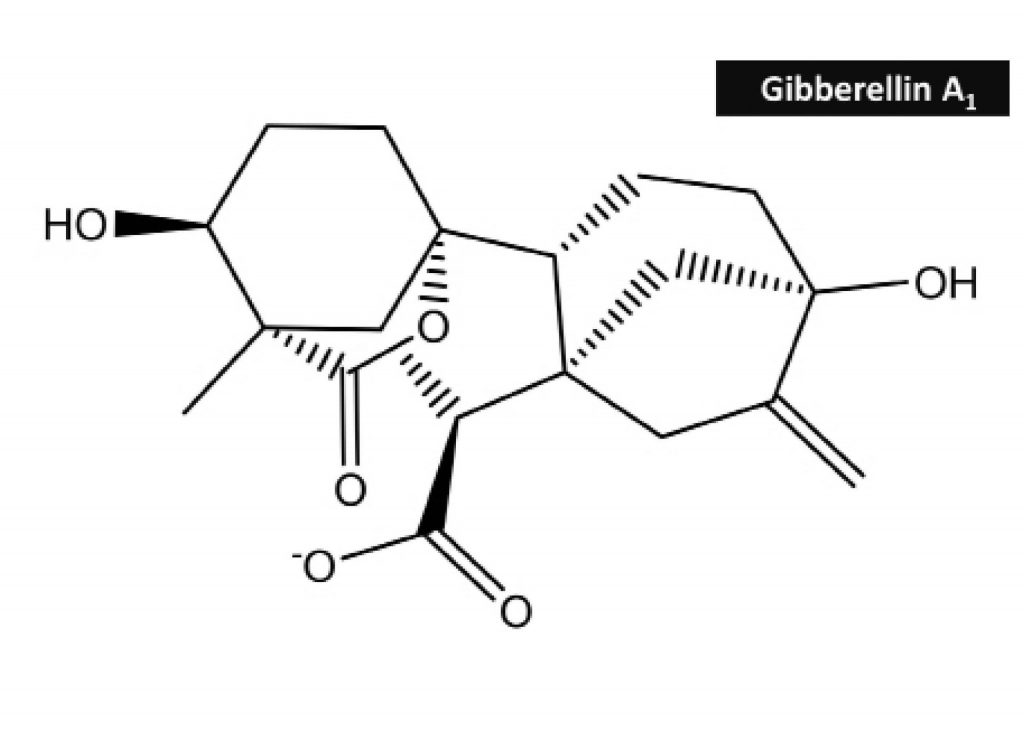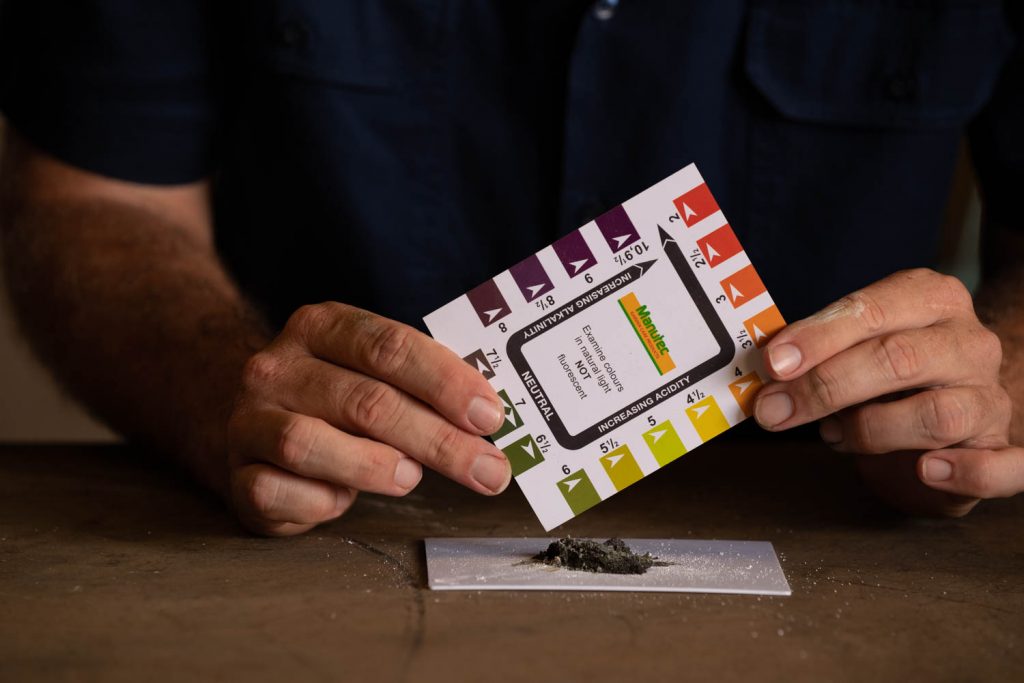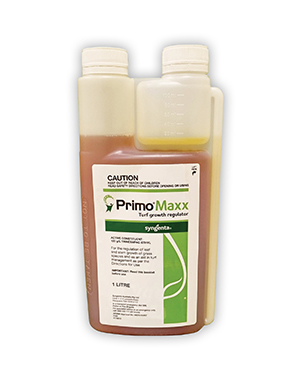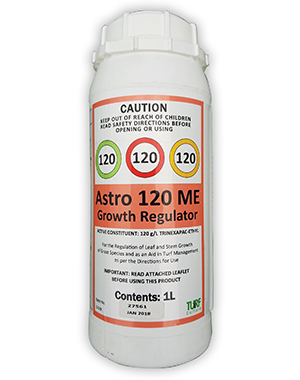When it’s too Hot to Mow Your Lawn!
A healthy lawn provides you and your family with a green, lush and welcoming environment. However, when temperatures rise and the harsh summer sun beats down on your lawn, the ...

 Some people are happy to take their lawns as they come. But if you’re looking for a way to ensure greener, thicker grass, with less mowing, then you might like to consider using a plant growth regulator.
Some people are happy to take their lawns as they come. But if you’re looking for a way to ensure greener, thicker grass, with less mowing, then you might like to consider using a plant growth regulator.
Plant growth regulators are chemicals that influence how much of the naturally-occurring plant hormone, gibberellic acid, is produced.
Gibberellic acid promotes cell elongation, encouraging the vertical growth of shoots and making grass taller.
Using a plant growth regulator can restrict this upward growth and divert that energy into growing thicker, greener lateral stems and leaves, and stronger stolons, tillers and roots.
It can halve lawn growth without negatively affecting photosynthesis and respiration.
This is particularly useful for grass in shaded areas which can have a tendency towards thinning as it pushes up towards the sky in search of more light.
 Plant growth regulators have been used by professional turf managers on golf courses, bowling greens, racecourses and sporting stadiums in Australia since the 1990s, because of their numerous benefits.
Plant growth regulators have been used by professional turf managers on golf courses, bowling greens, racecourses and sporting stadiums in Australia since the 1990s, because of their numerous benefits.
Controlling the height of grass means savings on both water and mowing. Scalping is less likely and there are fewer clippings to cart away.
Thicker grass is better able to resist incursion by weeds, more durable in high traffic areas, and more resilient to other stressors such as shade, disease and drought.
 Plant growth regulators won’t fix an unhealthy lawn, so make sure you address any nutrient deficiencies, disease or weed outbreaks, compaction, excessive thatch, or bare patches beforehand.
Plant growth regulators won’t fix an unhealthy lawn, so make sure you address any nutrient deficiencies, disease or weed outbreaks, compaction, excessive thatch, or bare patches beforehand.
Use soil and/or tissue testing to confirm your lawn is in good health.
Plant growth regulators should only be applied when your lawn is actively growing and under conditions that won’t cause spray drift, which can damage other plants.
Application technique is important for best results – use a flat fan nozzle to spray evenly on leaves and crown, avoid overlapping, and don’t water your lawn for at least an hour after application.
Always read the product label and follow its instructions for application and safety precautions.
Some products are less toxic than others, but you should always wear gloves, eye protection, boots and avoid skin contact when applying any chemicals to your lawn or garden.
Keep children and pets off your lawn until the spray has dried.

Syngenta Primo Maxx 1L contains the active ingredient trinexapac-ethyl (120 g/L) and is suitable for use on Kikuyu, Couch and Buffalo grasses.
SHOP NOW
Turf Culture Astro 1L contains the active ingredient trinexapac-ethyl (120 g/L) and is suitable for use on Kikuyu, Couch and Buffalo grasses
SHOP NOWYou can browse these and other plant growth regulators in the myhomeTURF online shop.